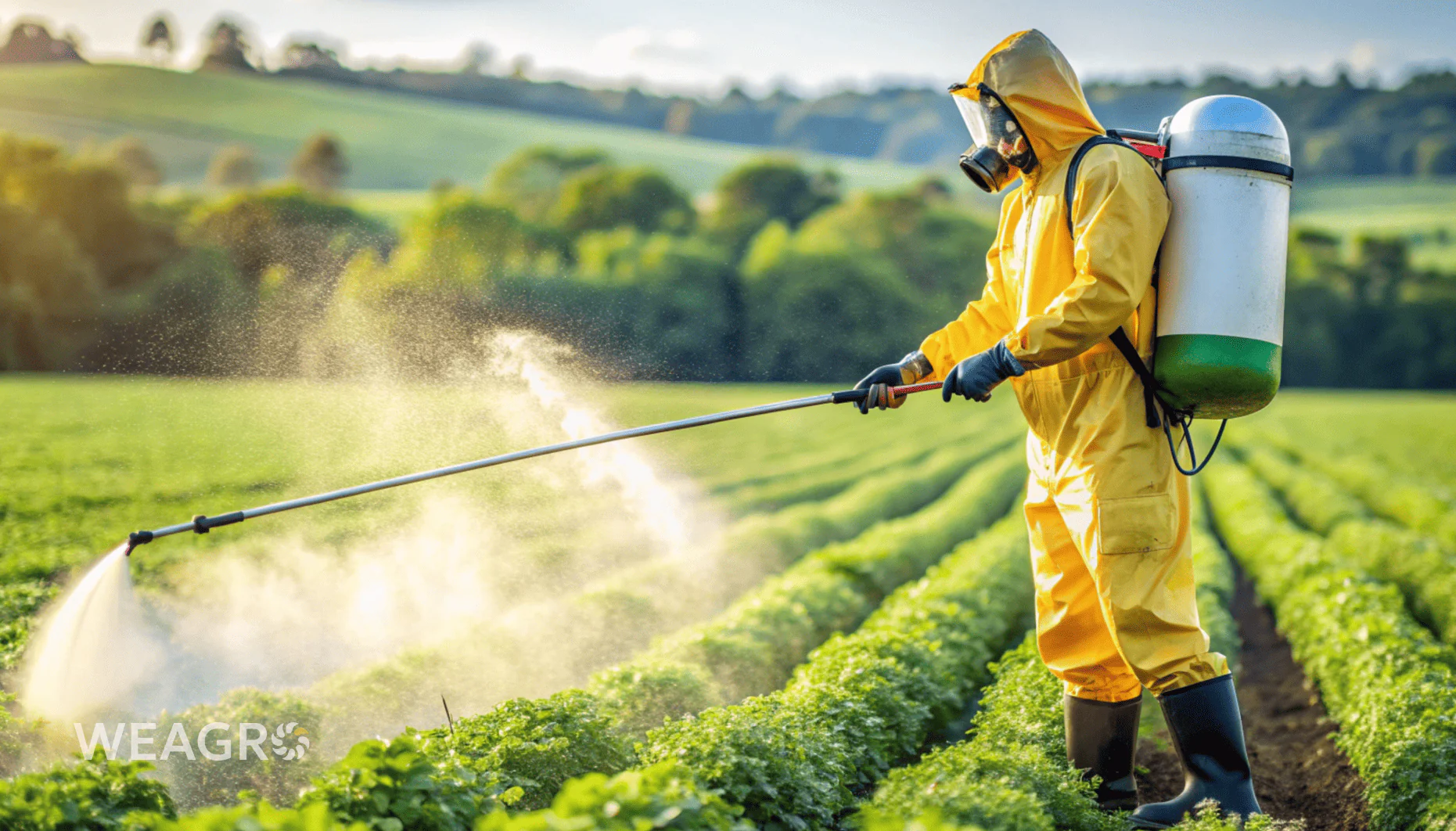Why Think about Crop Protection Products Now?
The period between harvest completion and spring sowing is often considered a “dead season,” when farmers primarily focus on equipment maintenance, cost analysis, and financial planning. However, among numerous operations, it’s easy to underestimate one of the key factors for future yields — timely procurement of crop protection products.
Despite the temptation to postpone expenses until spring, practice and economic logic show that the off-season is the best time for making decisions about crop protection products. Here’s why.
Cost: Increase amid Spring Demand
Historically, crop protection product prices show a steady upward trend during peak demand — March-May. This is due to several factors:
- Seasonal logistics pressure — delivery delays due to overloaded warehouses and queues.
- Currency fluctuations — spring exchange rates can be unpredictable, and most crop protection products are imported.
- Psychological scarcity factor — farmers who delayed purchases are willing to pay more to meet treatment deadlines.
According to industry analysts, spring price increases can reach 10-25% depending on the product, supplier, and region. Thus, by purchasing crop protection products during the off-season, farms already save part of their budget — without any additional effort.
Shortage Risk: Delayed Choice — Lost Opportunities
Spring is the time of maximum demand, but also maximum risk of shortages. Some products simply don’t make it to warehouses in time or are sold out earlier.
This is especially critical for:
- new, more effective products that don’t yet have large warehouse stocks;
- specialized crop protection products used for niche crops or specific protection schemes;
- imported crop protection products that require advance customs clearance and certification.
During force majeure situations, farms are forced to either overpay or use less effective alternatives, which in turn impacts yield.
Storage Strategy: Quality Control in your Hands
Another argument against delay — storage condition control. By purchasing crop protection products during the off-season, farmers personally ensure that:
- packaging remains intact,
- storage temperature meets standards,
- chemical properties are not compromised.
During mass purchases in March-April, some farms are forced to buy from warehouses with compromised storage conditions, or receive remnants whose actual storage terms cannot be verified.
Cash Flow Impact: Solutions Available
The main reason farmers delay purchases is reluctance to freeze working capital. This is logical. However, modern financial instruments allow for proactive action — purchase necessary products now and pay from seasonal profits later.
One such instrument is agricultural installment payments from WEAGRO, which:
- allows transaction processing without initial payment,
- provides limit decisions within 30 minutes, without visiting financial institutions,
- allows choosing suppliers among verified agricultural companies,
- requires no collateral.
This means: you get off-season price advantages but don’t divert funds from other operations — repairs, fuel, payments.
Crop Protection Planning: Precision and Peace of Mind
Timely procurement of crop protection products provides another strategic advantage — the ability to plan protection schemes in advance for specific crops, fields, and weed histories. You won’t have to “patch up” your strategy based on what’s left in the market, but act according to agronomic logic:
- verify all active ingredients,
- select optimal tank mixtures,
- consult with partner or distributor agronomists.
This reduces risks of phytotoxicity, resistance, and application rate errors, which directly affects yield and profitability.
Off-Season — Time for Measured Decisions

Fall and winter are periods when farms analyze financial results, prepare equipment, and think about sowing. Now is when you have time for thoughtful steps — without seasonal pressure, when everyone around is stockpiling, logistics are overloaded, and supplier managers can barely keep up with responses.
Off-season procurement isn’t just early buying. It’s a strategic decision that shapes next season’s harvest.
Summary
Delaying crop protection product purchases until spring poses risks in several areas:
- higher prices,
- limited choice,
- logistical problems,
- shortages or delays,
- cash flow pressure,
- and ultimately — lower crop protection effectiveness.
WEAGRO provides farmers with a tool that enables proactive action — process deals today, receive products from reliable suppliers, and pay from next season’s income. Just a few clicks — and crop protection products are securely planned.
Read also: Agricultural Season Mistakes: Why It Didn’t Work and How to Avoid Repetition









